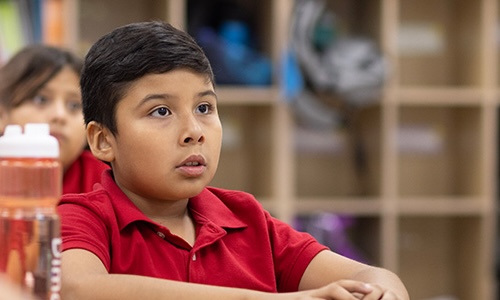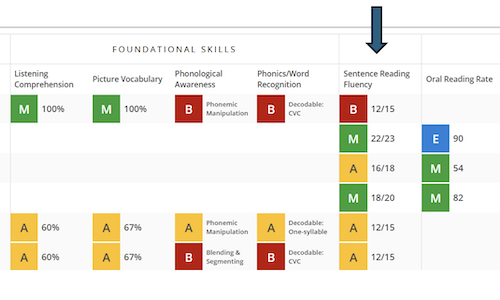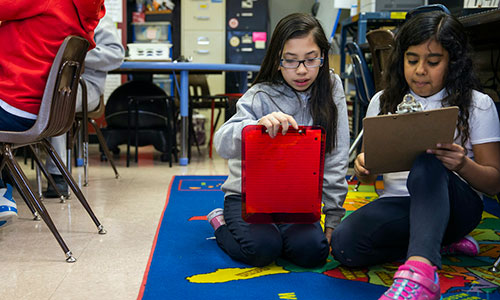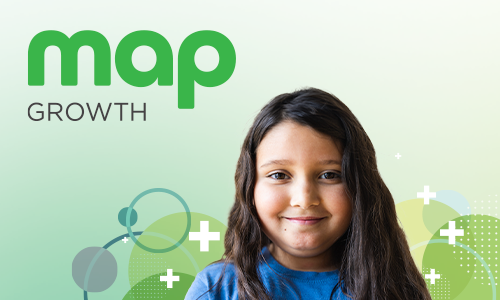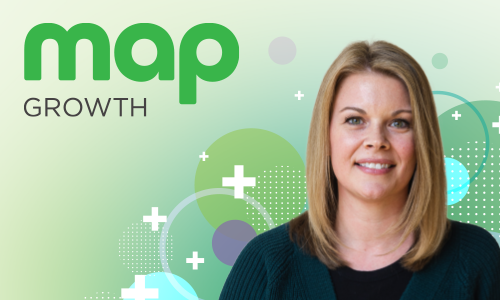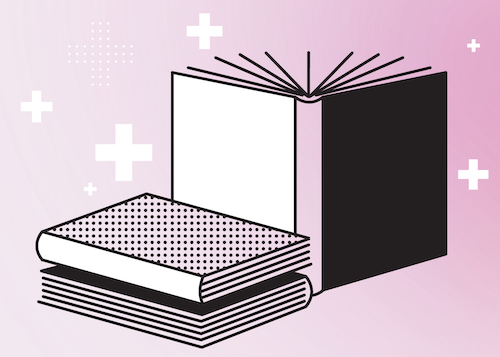
Reading is one of the hardest things humans learn to do. Letters on a page are a mysterious code waiting to be cracked, because word recognition and literacy don’t develop naturally like talking does. We literally have to rewire our brains to attain these skills. The good news is that through brain imaging, we have learned that there is a science to making this rewiring happen.
There are two major types of action that need to take place for students to learn to read. First, explicit instruction in all facets of reading—including phonemic awareness, phonics, fluency, vocabulary, and comprehension. Second, students need abundant practice in reading, as it is nearly impossible for our brains to rewire unless we are getting lots of practice and repetition. This evidence-based rewiring of the brain is the major outcome supported by MAP® Reading Fluency™ with Coach, our reading assessment with an embedded AI-powered tutoring solution.
In my last article, I explained the importance of academic scaffolding, a strong but temporary support students can stand on as they learn new skills. And I showed how MAP Reading Fluency with Coach is designed to provide robust scaffolding for readers, in the form of microinterventions, wherever those readers happen to be on their literacy journey.
Now I’d like to explore how academic scaffolding works in practice. The closer you look at a scaffolding system in the classroom, the more you see that it’s made up of many individual parts, which educators can select or swap out as needed to fit a student’s needs. These parts are what we mean when we talk about microinterventions, and we organize them into categories, one of which is word recognition.
Word recognition and its theoretical framework
If you’re familiar with Philip Gough and William Tunmer’s Simple View of Reading, then you know this familiar equation: reading comprehension is the product of word recognition and language comprehension. In other words, for people to understand what they read, they must be able to recognize words in print and make sense of oral language.

In addition to the Simple View of Reading, there’s Hollis Scarborough’s Strand Model of Skilled Reading, which you may know as the Reading Rope. This model represents all the different aspects of reading—for example, decoding and background knowledge—that make comprehension possible as strands that are braided together to from a strong literacy “rope.” The microinterventions available in Coach are informed by the Reading Rope.
Students’ ability to recognize words in print depends on their ability to hear and distinguish sounds, identify letters, and decode, turning letters into their corresponding sounds. With explicit instruction and abundant practice, words are stored in the brain for immediate retrieval, thus allowing a reader to progress from decoding to automatic word recognition, freeing up space in the brain to focus on making meaning.
Word recognition microinterventions: When, what, and how
You may recall that MAP Reading Fluency with Coach uses assessment data to place students into personalized tutoring sessions, based on where they are as readers and what they need to grow. This placement stage is key to ensuring all the scaffolds that follow are tailored to each student. Once placement has been made and students launch MAP Reading Fluency with Coach from a web-based device, they meet Maya, their coach.
As the friendly human face behind MAP Reading Fluency with Coach’s sophisticated AI technology, Maya actively listens to students as they read aloud, detecting errors to deliver just-in-time microinterventions in component skills like phonemic awareness, decoding, sight recognition of high-frequency words, and fluency.
Here are just a few examples of Maya’s word recognition microinterventions:
- Up and down. Students first practice segmenting the sounds of a word and then practice blending the sounds of the word.
- Phonemic lip sync. Maya shows students a video of an adult accurately pronouncing the sounds of a word. Students are then asked to blend the parts of the word they’ve heard.
- Read to me. Maya reads a phrase or sentence to the student, who is then asked to echo back the reading.
- Rhyming game. Maya isolates the word that requires extra practice and demonstrates how the word is pronounced. She then offers the student three different words and challenges the student to choose the one that rhymes with the target word.
- Sentence reread with error emphasized. Maya rereads a sentence where the student has struggled. As Maya reads, any errors the student made are emphasized or sounded out. The student then rereads the sentence.
As you can see, not only are these microinterventions targeted to help students reach reading proficiency, but they are also kind of fun—and that doesn’t hurt! Maya was designed with the understanding that as we leverage technology in the classroom, we must ensure that instruction is given with a human touch, even when it’s coming from an AI-powered avatar.
We recommend that students get 30 minutes of practice per week with MAP Reading Fluency with Coach, a small investment of time that yields big results. In fact, by starting with relatively brief sessions, students can build their reading stamina over time. Consistency is the name of the game, along with gradually increasing demands.
Learn more
In my next article, I’ll discuss how MAP Reading Fluency with Coach provides scaffolding for language comprehension, another foundational domain in every student’s literacy journey. In the meantime, if you’d like to see how the program works and what it’s like for kids to interact with Maya, there’s a brief video I encourage you to watch.
